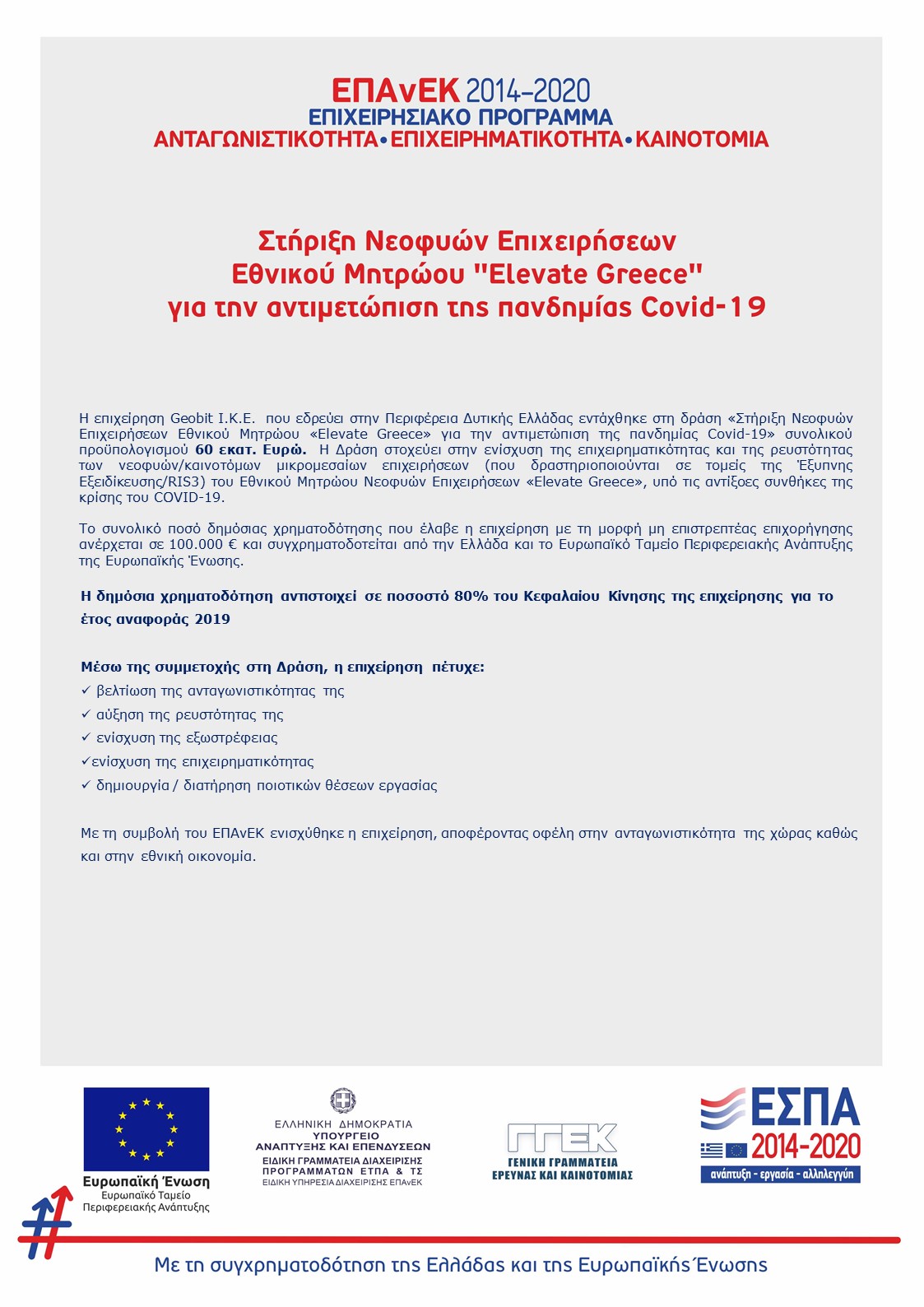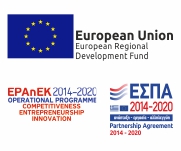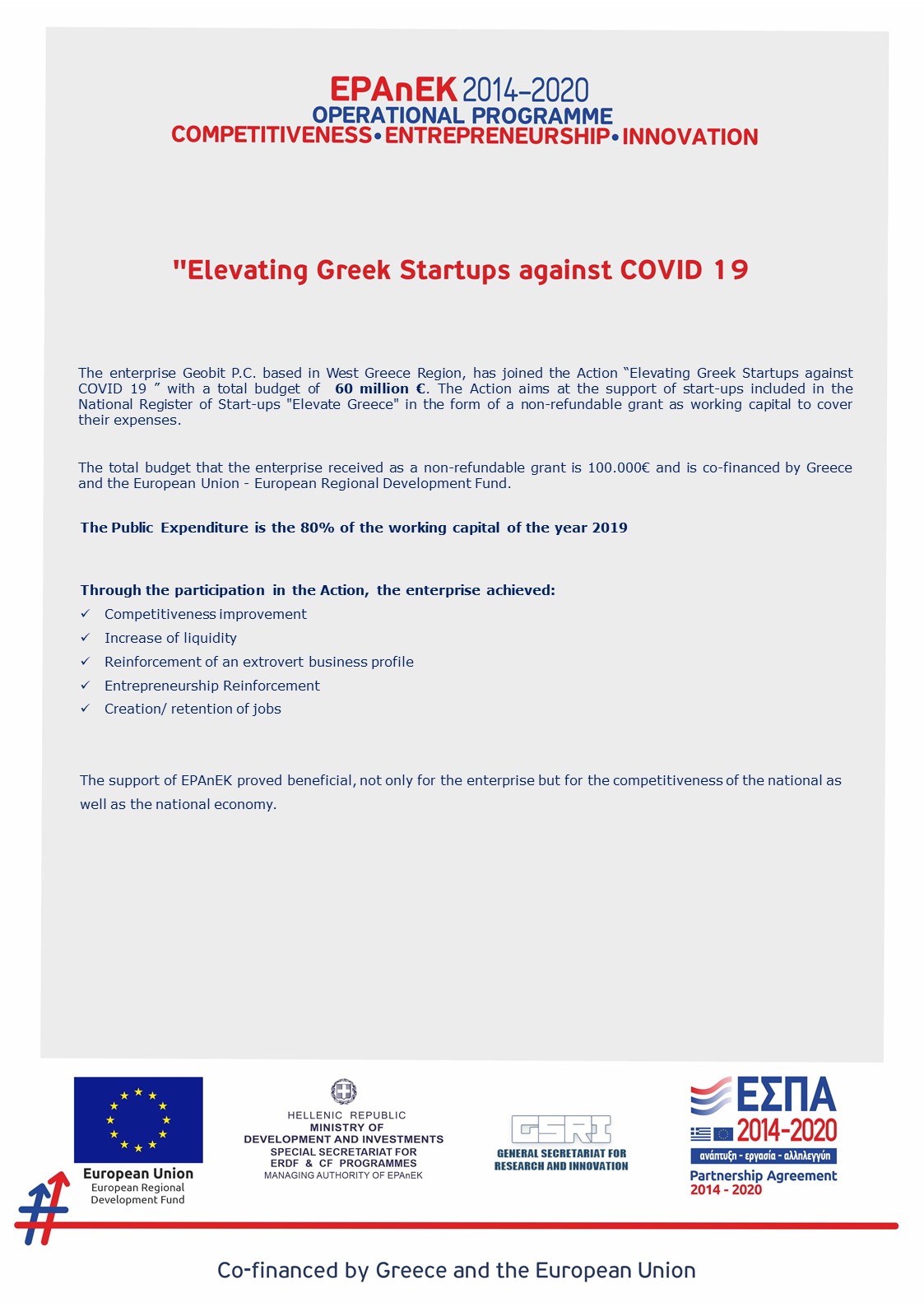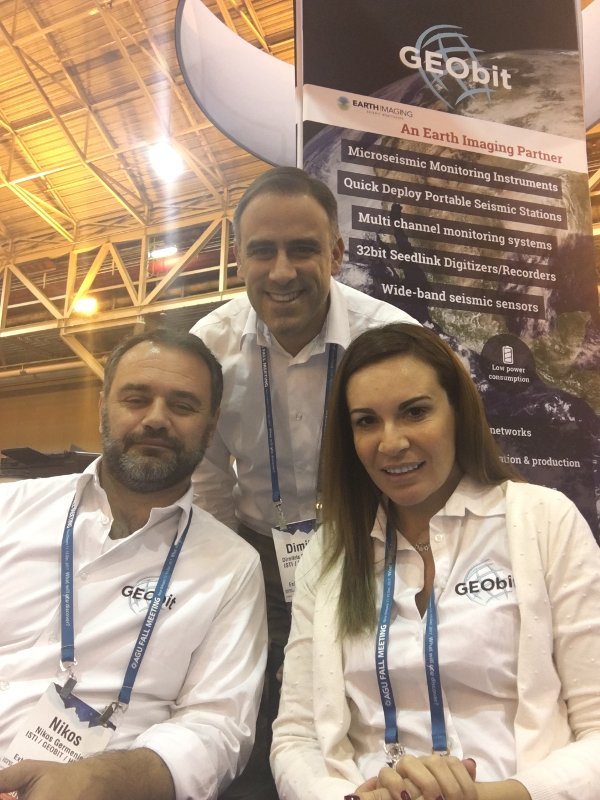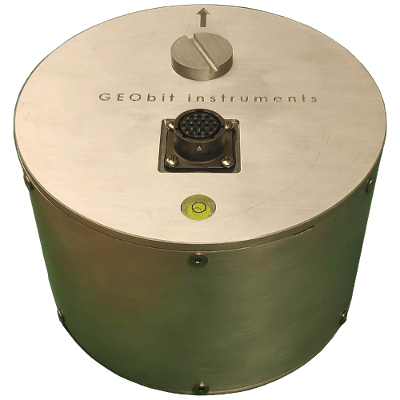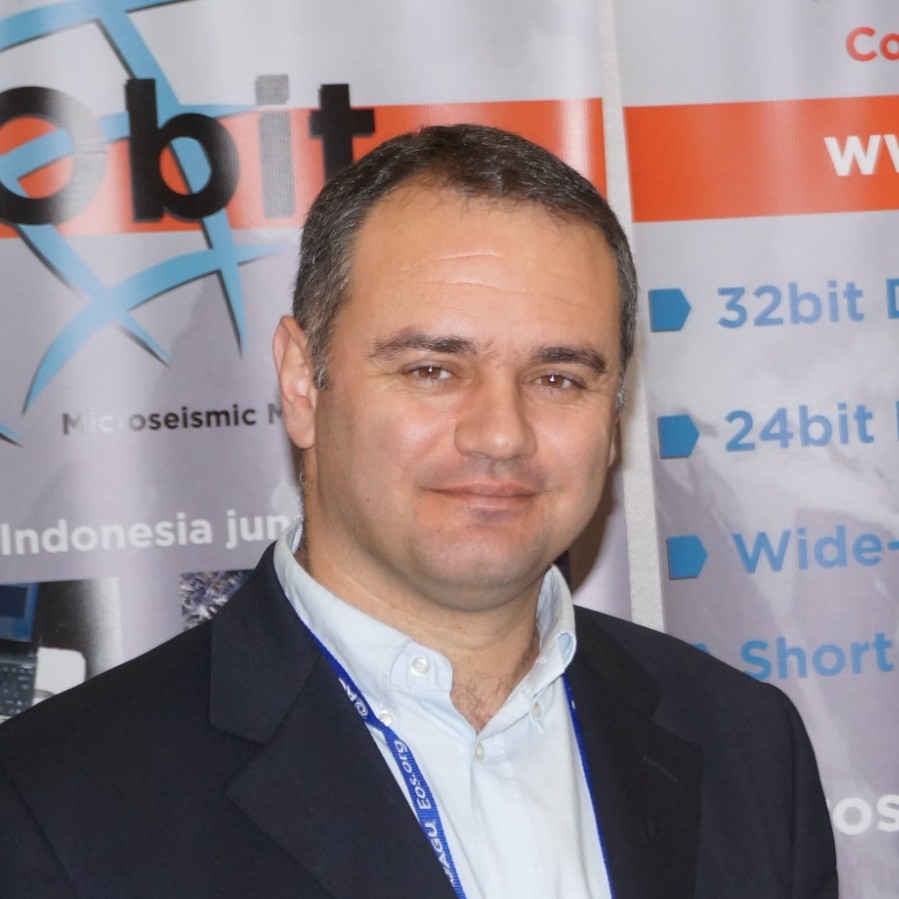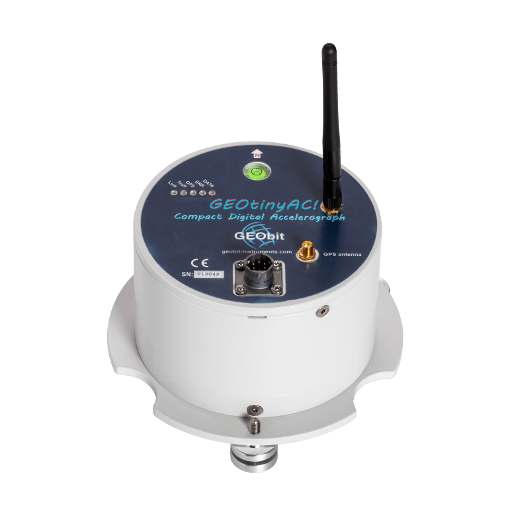
Geobit is presenting virtually at the AGU Fall Meeting 2021
HOW WILL GEOBIT & ISTI BE INVOLVED IN AGU 2021.
Updates on Booth status & Posters
BOOTH STATUS
- Update: Though GEObit & ISTI will not have a 2021 booth, we are excited to present our AGU posters online this year (details below).
ABSTRACTS ONLINE
- When: 13 – 17 December 2021
- Where: Online
Nikos Germenis, (Geobit), is presenting virtually at the AGU Fall Meeting being held 13 – 17 December 2021.
S25E-0302 – A new Class-A triaxial Force-Balance Accelerograph Based on a Low-Cost Acceleration Sensor for Earthquake and Structural Monitoring Applications.
This work presents an innovative class-A compact digital accelerograph suitable for earthquake and structural monitoring. The accelerograph exploits newly developed acceleration sensing elements [1], as well as software that integrates it to modern large scale IoT infrastructures [2].
The sensor design is based on a linear displacement transducer with a double spring pendulum and double coil-magnet forcer. The seismic mass is made by FR3 PCB and is suspended from the frame using double ellipsoid shape leaf springs, while an additional weight has been attached to the seismic mass in order to improve sensitivity. Two nylon bobbins with 36m winded wire along with two N45 magnets consist the 38N/A double forcer. The frames of the sensing elements are made by aluminum and the electronics boards that implement the feedback loop are located on the top of each frame. Each sensing element produces 2.5V/g with a range of +/-4g. A high density electronics board houses the digitizer, the recorder and the communication section of the instrument. The digitizer uses three 32bit ADCs providing dynamic range over 140dB and GNSS or NTP timing. The recorder creates miniSEED files of raw and triggered data and stores them locally or transmits them in real time utilizing the SeedLink protocol.
Trigger detection is based on open source components ported from the earthworm toolchain, coupled by MQTT-based signaling for trigger event distribution, following multiple centralized or distributed schemes. This flexible operation allows the user to select between low-latency but reduced network efficiency operation of raw data telemetry, local trigger detection and partial raw data transmission improving the network efficiency, local trigger detection and trigger signal only transmission, or centralized trigger detection and command reception to transmit partial or full raw data, supporting a wide range of systems for earthquake and structural monitoring or modern early warning applications.
[1] AOGS poster, Design, Modeling and Performance Evaluation of a Class-a Triaxial Force-balance Accelerometer for earthquake monitoring, SE04-A001, AOGS21-Reg-2779
[2] N Germenis, P Fountas, C Koulamas, Low Latency and Low Cost Smart Embedded Seismograph for Early Warning IoT Applications, 9th Mediterranean Conference on Embedded Computing 2020
Check details: AGU Fall Meeting 2021.
Geobit & ISIT online presentation schedule
GEOBIT’S POSTER
Authors: Nikos Germenis, Christos A Koulamas, GEObit Instruments PC (w/ Pantelis G Nikolakopoulos, University of Patras)
Date: Tue., 14 Dec.
Time: 17:00 – 19:00
Location: Online


Geo-S120 Broadband Seismometer
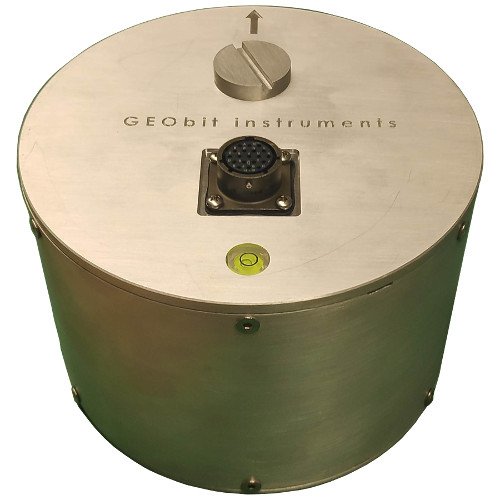
GEOfba200 Force Balance Accelerometer
ISTI’S POSTERS
Authors: Ilya G Dricker, Oleksandr Sukhotskyi, ISTI; (w/ Ivan O Kitov, CTBTO)
Date: Mon., 13 Dec.
Time: 14:03 – 14:06
Location: Online
S35D-0245 Machine Learning Applied to Local and Regional Scale Seismic Network Operations
Authors: Josh C Stachnik, Jeffrey M Leifer, Paul A Friberg; ISTI
Date: Wed., 15 Dec.
Time: 17:00 – 19:00
Location: Online
Authors: Paul A Friberg, Stefan Lisowski, Mike Hagerty, ISTI (w/ Elizabeth A Vanacore, Gisela Baez-Sanchez, Jose M Rivera Torres, Victor A Huerfano Moreno, Jose Cancel, Angel Feliciano, Peggy Gonzalez, Haniel Cordero, Jose F Martinez Colon, Jonathon Rosado Class, Josean Barbosa Toro, Puerto Rico Seismic Network of the University of Puerto Rico, Mayaguez; Lind S Gee, Hal Macbeth, Harley Benz, USGS; David Ketchum, STW Software, Inc.; Margarita M Solares, University of Oregon; Clara E Yoon, Stanford University)
Date: Thu., 16 Dec.
Time: 17:00 – 19:00
Location: Online


